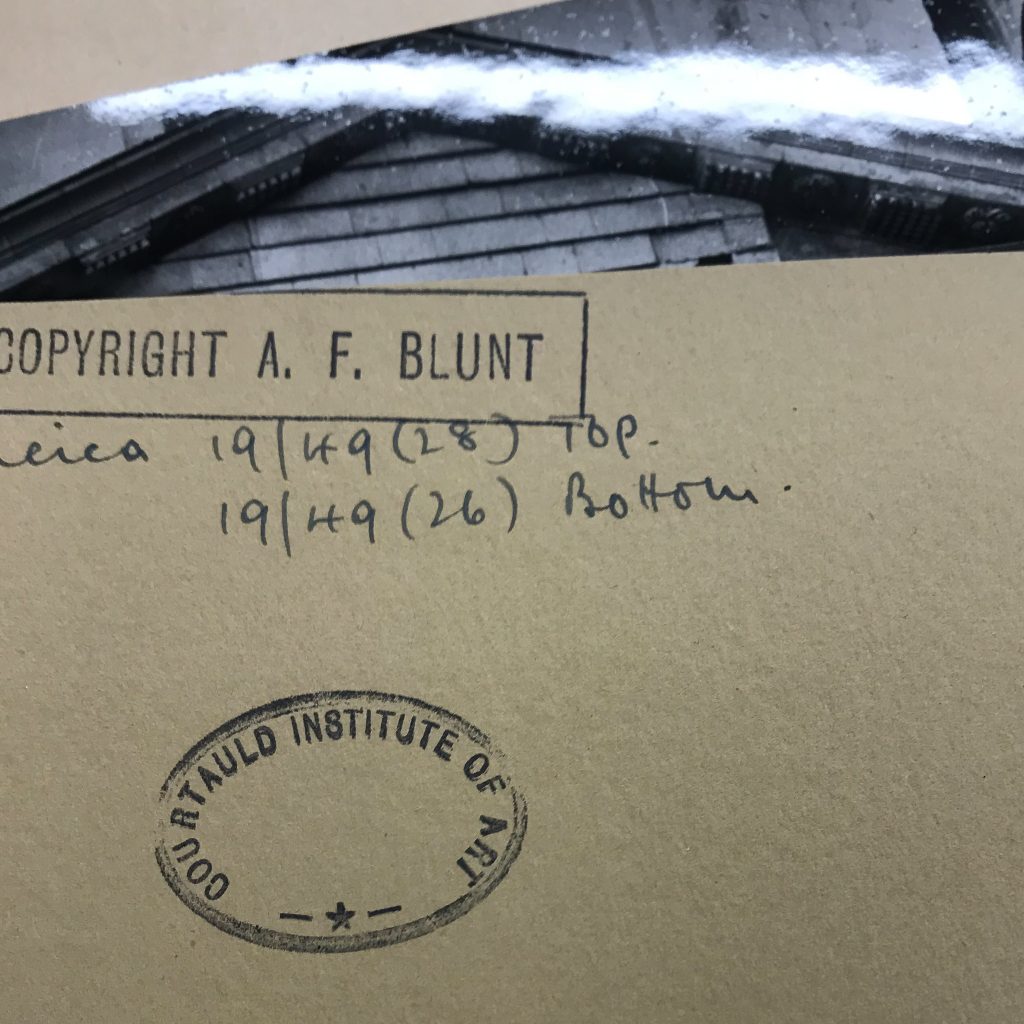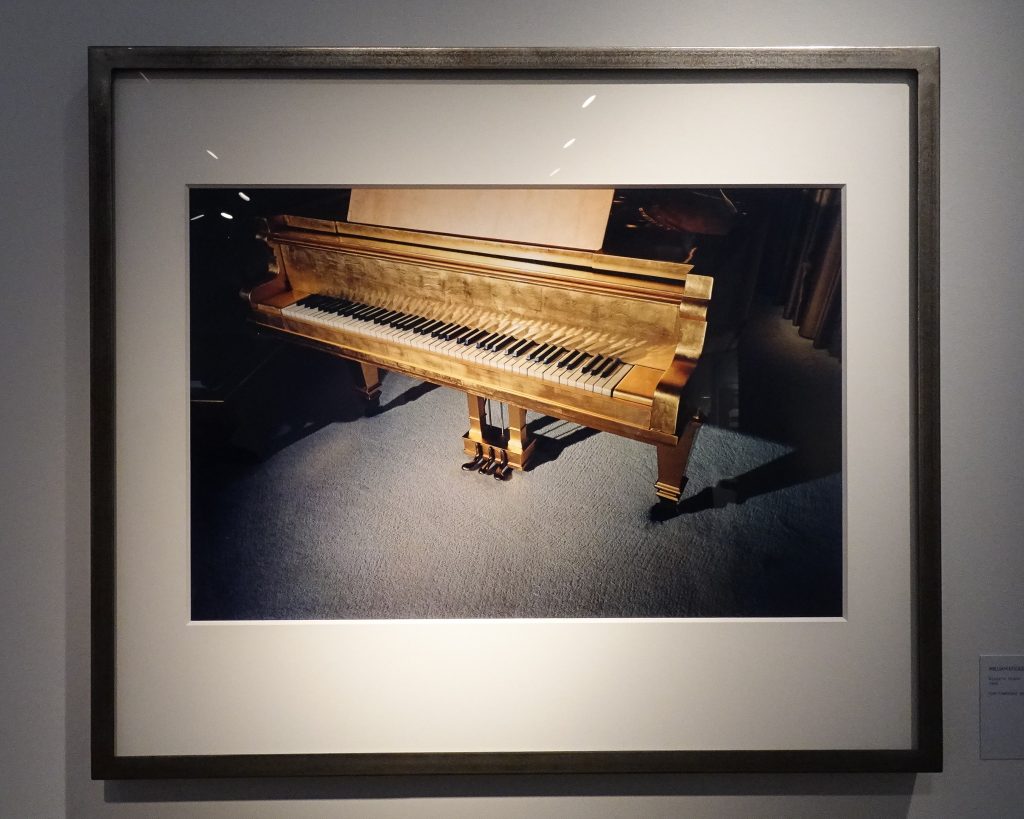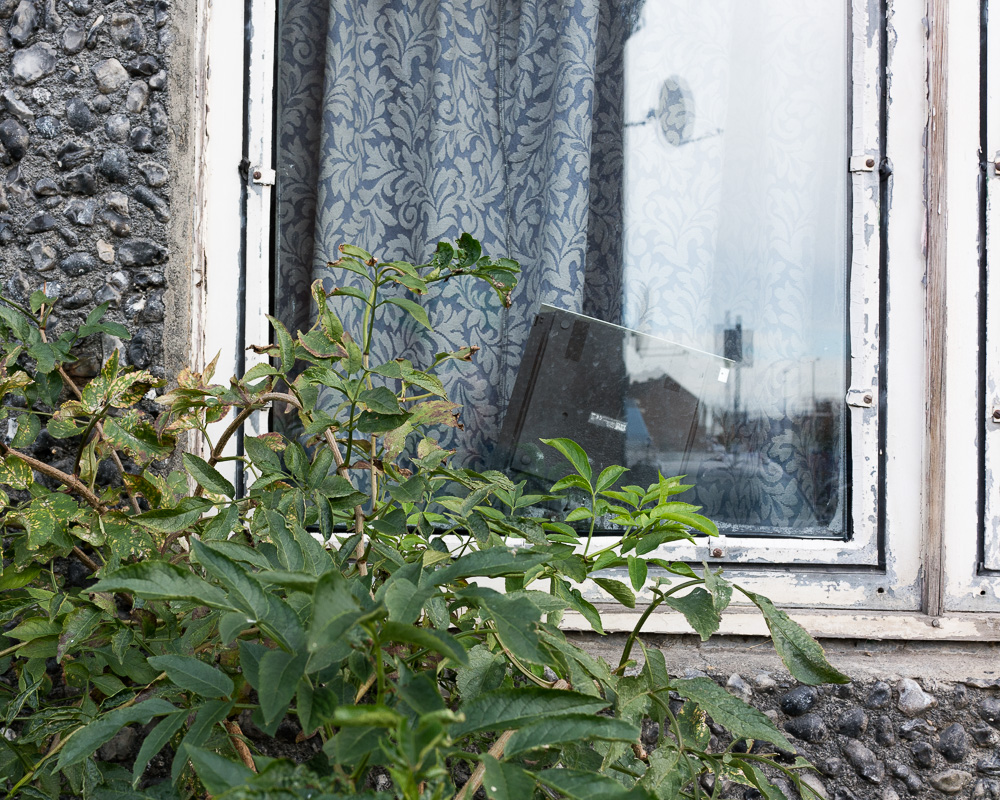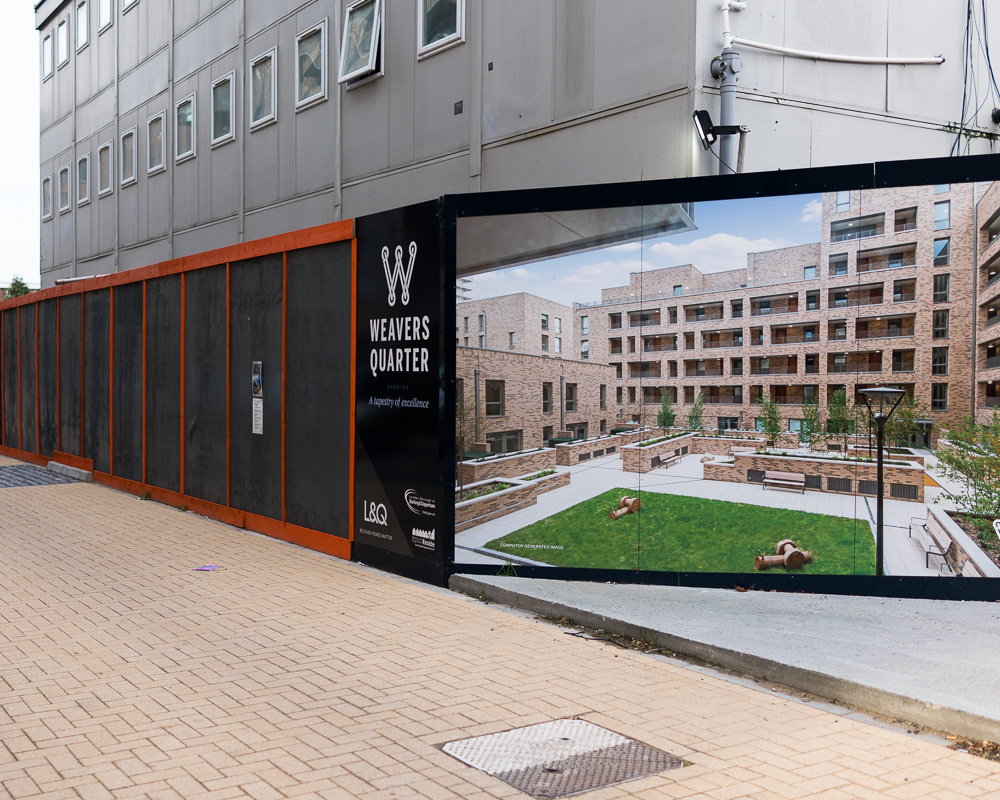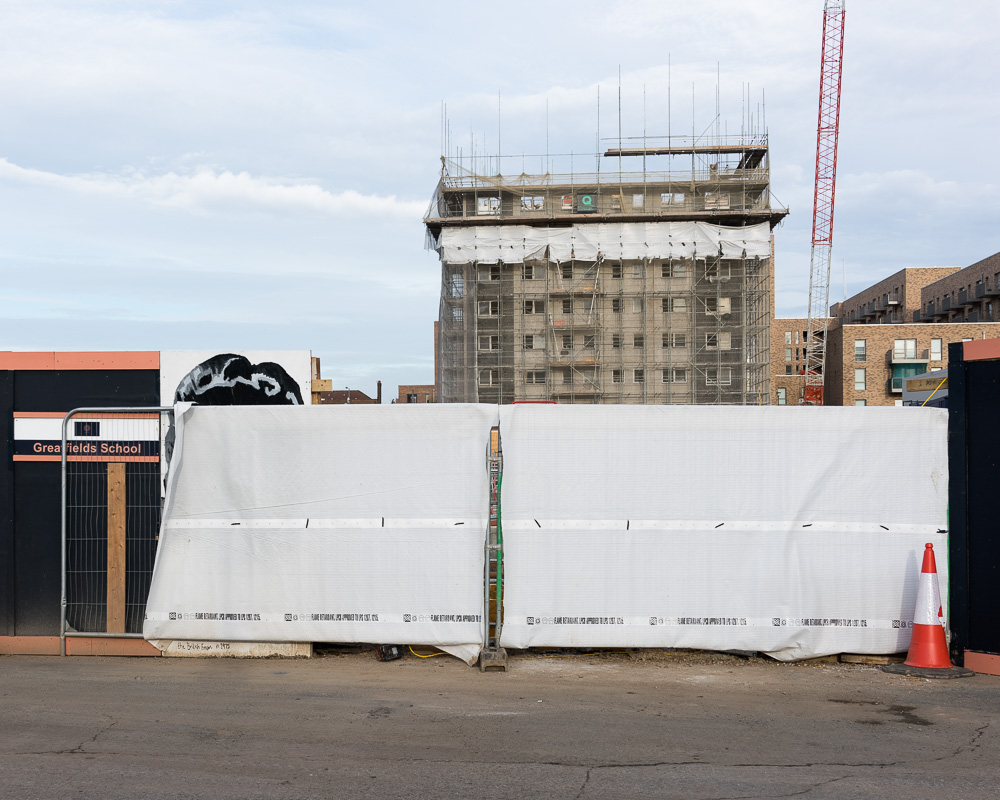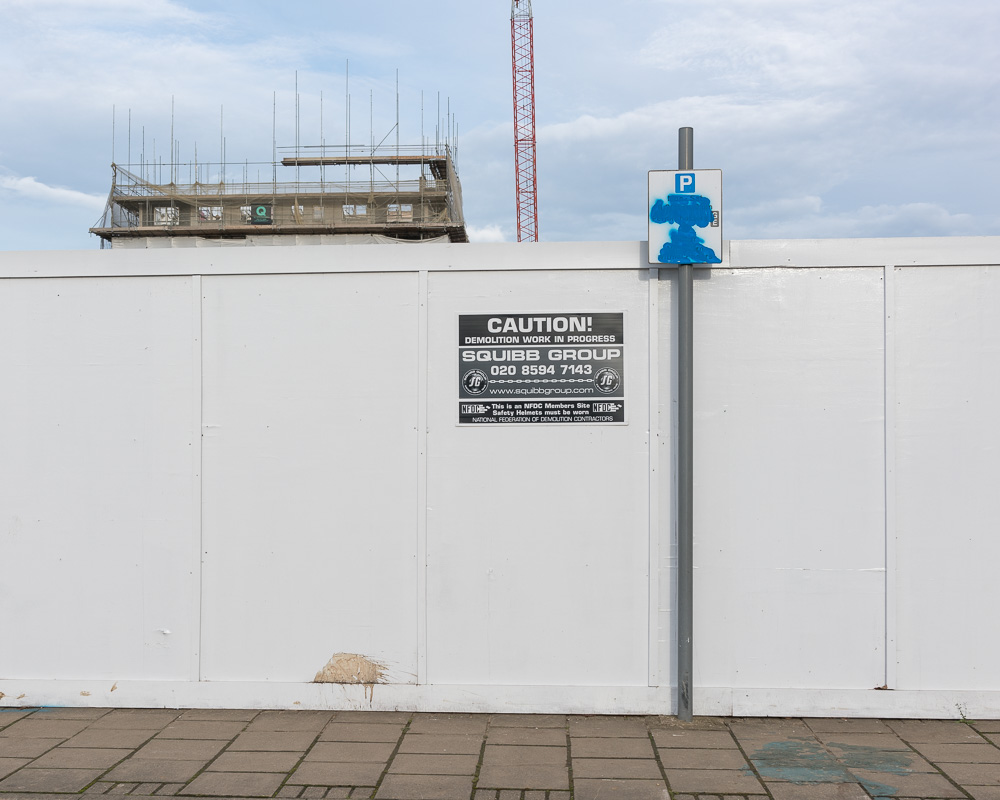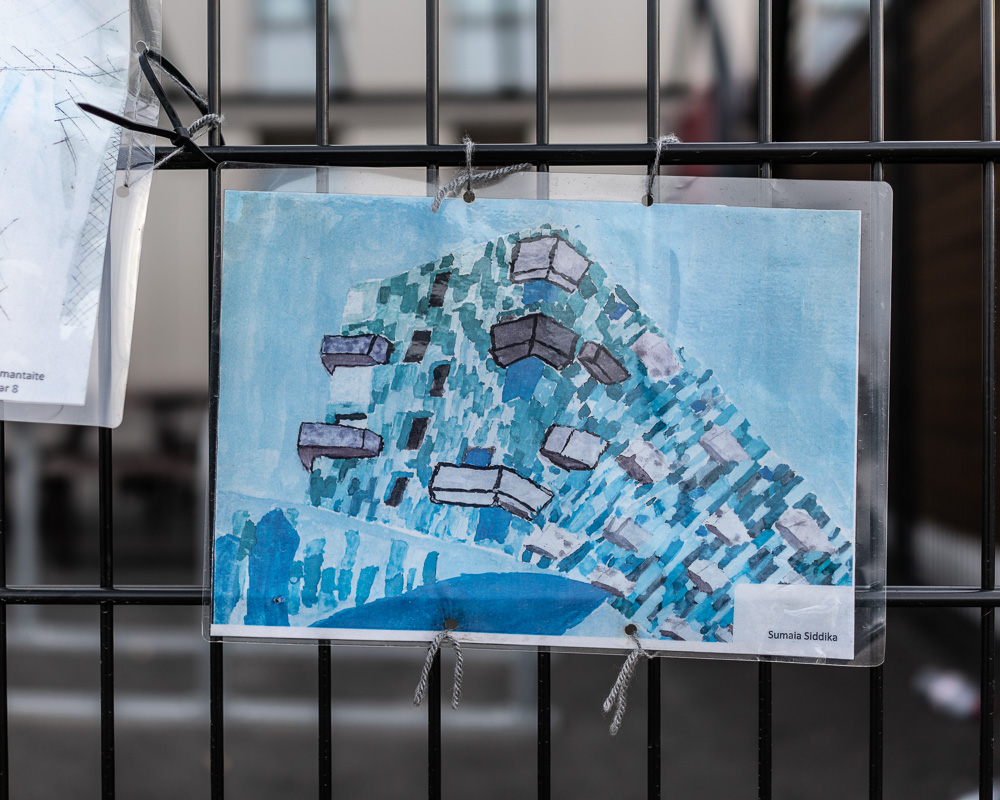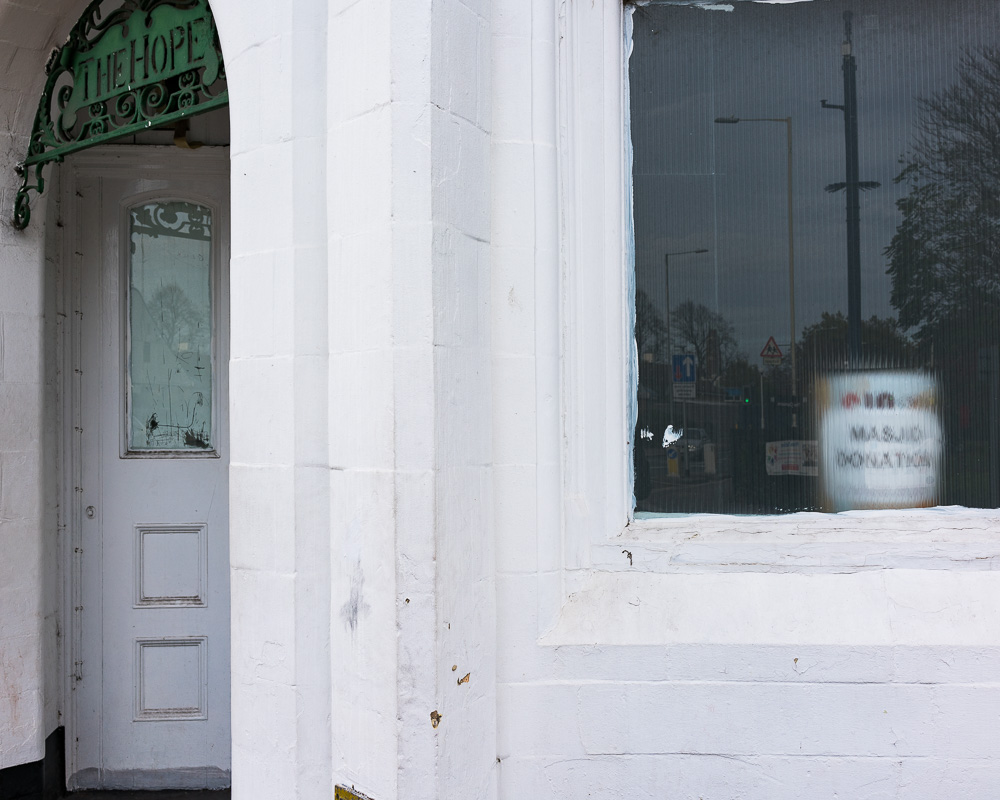This week has been dominated by finalisation of my WIP Portfolio and Oral Presentation. Both done now, and have been posted earlier in the CRJ. Have also made some additional links relating to my proposed final project (for instance, with members of the UKRI Loneliness and Social Isolation in Mental Health network, and in particular an applicant for a Wellcome Foundation fellowship who wants to incorporate photography into his project). I have deferred work on my website and social media to next week. Took some time out to take more photographs in Barking and Romford in the hope of supplementing my WIP portfolio.
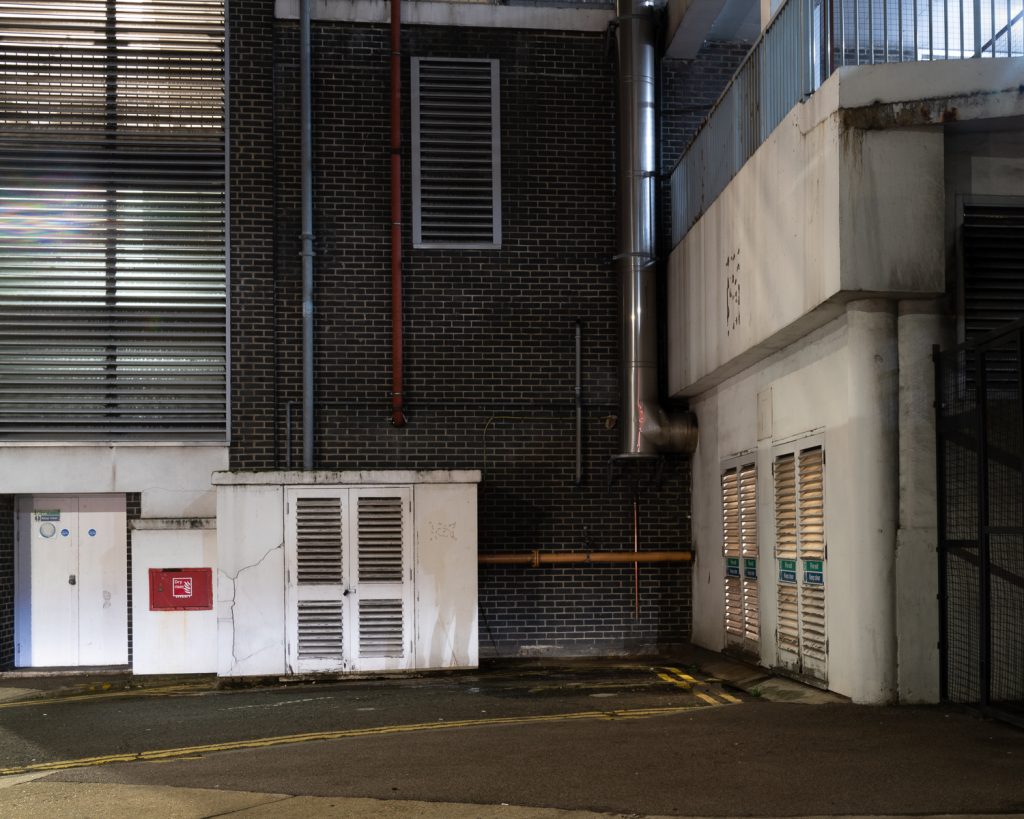
Romford, Tuesday 4th December 2018
The most interesting development of the week emerged from Richard Kolker’s excellent seminar on Wednesday. Richard’s work is CGI based, and falls firmly into the post-photography domain (my image above, made at a disused, modernist car park in the evening, with multiple light sources, has a strangely constructed quality to it).
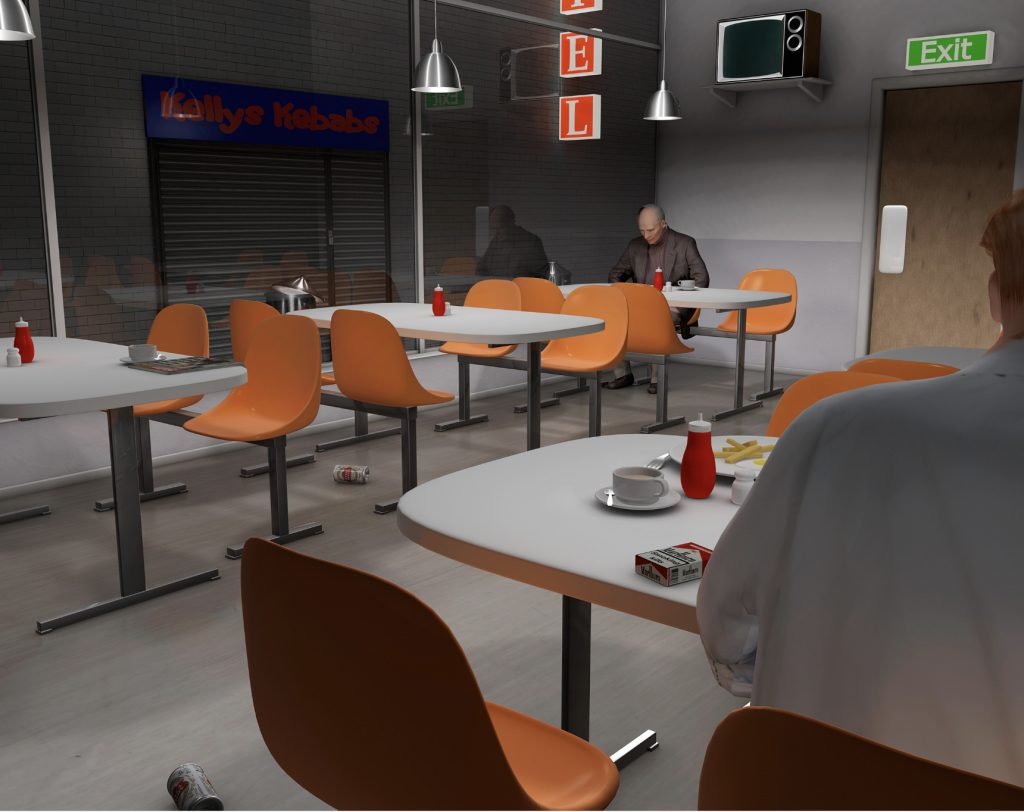
Richard Kolker, Cafe (from England, The Game)
Richard’s presentation gave insight into the scope of and motivation for his work, and into his working methods. The work invoking the ‘digital uncanny’ was particularly interesting. I’ve followed this up online and looked in more detail at what he is doing. There might be some mileage in exploring the use of these kinds of constructed images in the collaborative exploration of the experiences and aspirations of residents on the estates on which I’m working . I’ve emailed Richard for any advice on this kind of direction – extract below.
‘My project focuses on community engagement with urban regeneration, with the aim of doing more than just describe and lament (but rather to produce insight and understanding alongside resources for resident advocacy). I’m working with some researchers who are exploring (through interviews) residents’ experiences and fears of displacement on six estates in London undergoing regeneration, and also with a community project supporting/advocating for residents in the largest housing development in Europe (Barking Riverside – dubbed by the local authority ‘Barcelona on the Thames’!). Other links with community and advocacy groups are in the pipeline. My work is focusing on social infrastructure and the lived experiences of residents. These people are bombarded by architects’ and developers’ constructed images and CGI representations of an imagined future. Your work made me think about the possibility of rendering the everyday experiences of residents in a similar way (including the social infrastructure and related activities that residents have developed over time on estates that have been neglected in terms public services and physical infrastructure). And the benefit of not getting picked up by the police or harassed by private security guards (as much of the land, for instance the whole of the Olympic Park development, and all the Barking Riverside development, is private land) 🙂 It’s not just experiences that I am exploring, but also aspirations, and that is maybe where the real potential of this approach (in collaboration with residents) lies. Whatever approach I take, I want the output to be multi-modal (text, sound, infographics/maps, images etc), so conventional photography will be part of the process and the outcomes’.
Just a thought. Will follow-up in future posts. Also relates to some of the themes explored in the seminar on Post-Capitalism and Photography at the Photographers’ Gallery. And possible work with Richard Sanford in his role as leader of the Future Heritage research programme at UCL Bartlett (will follow up earlier conversation with Richard once I have thought this through – I appointed Richard to lead our futures and horizon scanning work when I founded the research division at the Institute for Adult Learning in Singapore). One possible direction is the production of a counter-narrative on the future, focusing on urban development/regeneration.
Addendum [09.12.18]. Richard Kolker replied to my email and suggested that I download and experiment with Maxon Cinema 4D using the student license. Something to work on over Xmas. Also suggested I look at Rut Blees Luxemburg’s London Dusk, which I know from the Museum of London collection (large format photos of the City of London at night which include fragments of hoardings with developers CGI images).

